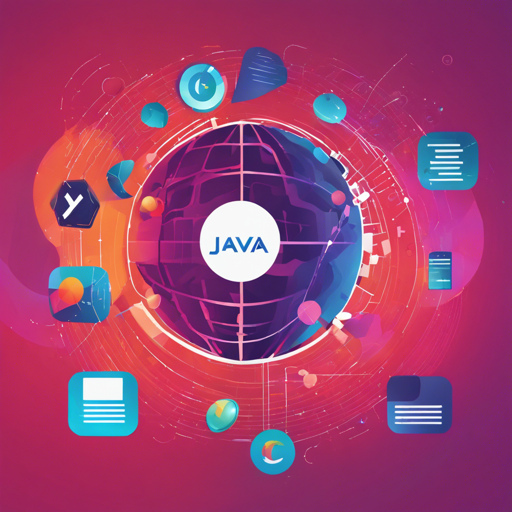Java and Kotlin are two robust programming languages that have transformed the landscape of software development. By combining their unique strengths, you can enhance your coding skillset and tackle diverse projects with confidence. This guide will walk you through the essentials of these languages, and show you how to maximize their potential with frameworks like Spring Boot and libraries for modern web applications.
Getting Started with Java and Kotlin
To start programming with Java and Kotlin, follow these easy steps:
- Install Java: Download and install the Java Development Kit (JDK) from the official Oracle site.
- Install Kotlin: Kotlin can be installed in multiple ways including through IntelliJ IDEA or using the command line. Follow the installation guide from Kotlin’s official documentation.
- Familiarize with the IDE: Choose an integrated development environment (IDE) that supports both languages, such as IntelliJ IDEA.
- Create a Simple Program: Start with a “Hello World” program in both Java and Kotlin by creating a new project in your IDE.
An Analogy to Understand the Code
Consider programming languages like different tools in a toolbox. Java is like a well-built hammer—solid, reliable, and great for construction work (programming applications). Kotlin, on the other hand, is akin to a versatile Swiss Army knife, offering multiple functionalities and adaptability for various tasks.
Just as you wouldn’t use a hammer to screw in a bolt, each language has its strengths. For example, when you’re focusing on Android app development, Kotlin’s concise syntax can be particularly beneficial. However, when developing enterprise-level applications, Java’s mature libraries and frameworks might be your go-to solution.
Utilizing Frameworks: Spring Boot for Java and Kotlin
Spring Boot simplifies the process of developing applications by providing various production-ready features. Here’s how to leverage it:
- Create a Spring Boot Application: Use the Spring Initializr to generate a Spring project. Choose between Java or Kotlin.
- Set Up Your Application: Configure necessary dependencies like MySQL or H2 for a database connection.
- Develop REST APIs: Implement controllers to handle API requests effectively.
- Test with JUnit: Use JUnit to write unit tests for your application to ensure functionality.
Troubleshooting Tips
As you embark on your programming journey, you may encounter some hurdles. Here are some common issues and their fixes:
- Java or Kotlin not recognized: Ensure that the installation paths are correctly set in your environment variables.
- Dependency issues in Spring Boot: Check your
pom.xmlorbuild.gradlefiles for any missing or conflicting dependencies. - Application not running: Look at console logs for specific error messages and trace the source of the problem.
For more insights, updates, or to collaborate on AI development projects, stay connected with fxis.ai.
Conclusion
In the landscape of programming, knowledge of multiple languages like Java and Kotlin can vastly enhance your capabilities. Armed with frameworks like Spring Boot, the possibilities for developing efficient, scalable applications are endless. Remember, practice makes perfect, so dive in and start coding!
At fxis.ai, we believe that such advancements are crucial for the future of AI, as they enable more comprehensive and effective solutions. Our team is continually exploring new methodologies to push the envelope in artificial intelligence, ensuring that our clients benefit from the latest technological innovations.

